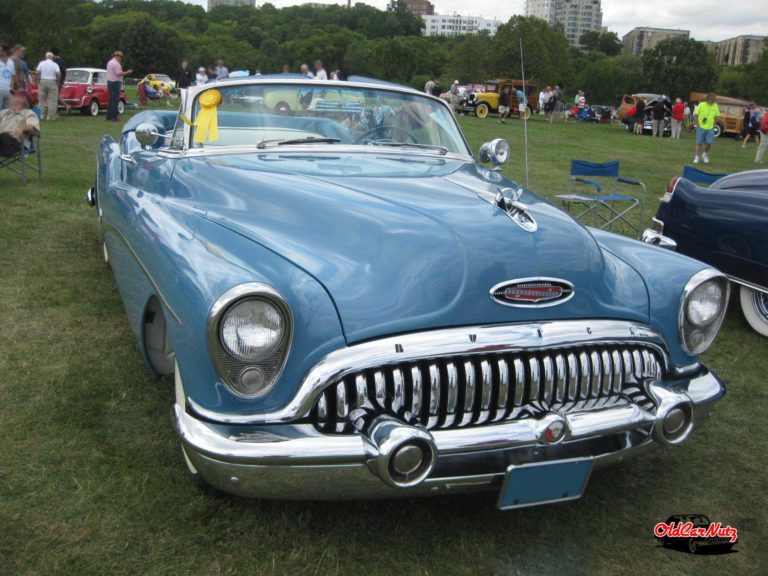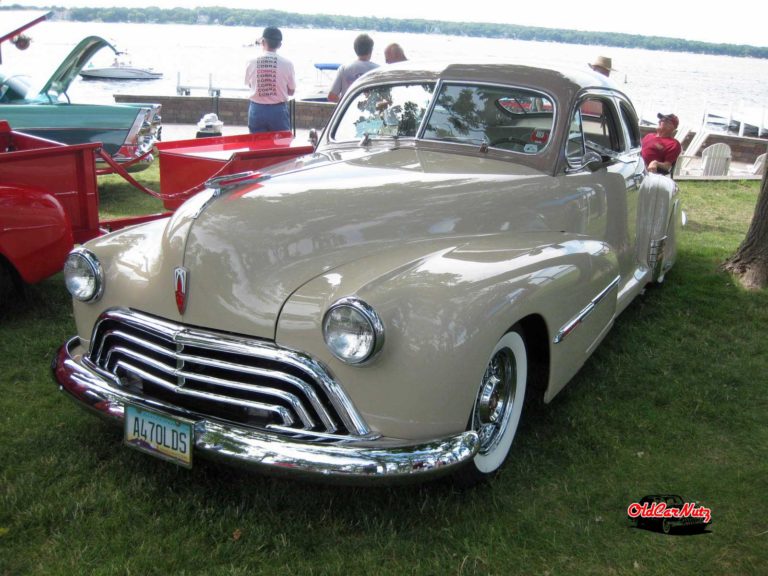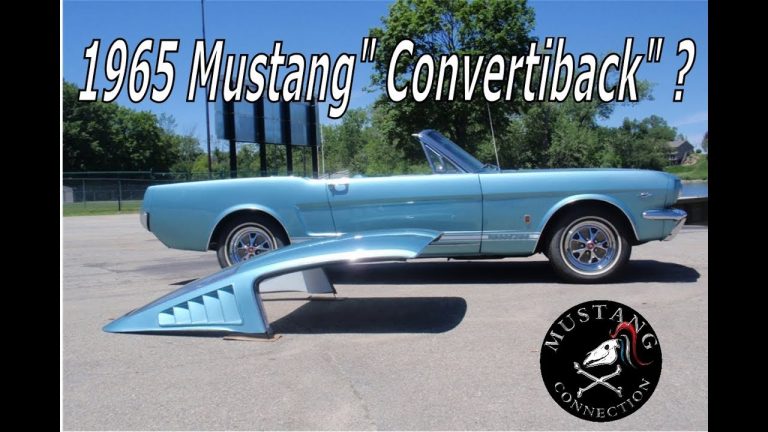The 1957 Ford Fairlane 500 stands as a milestone in American automotive history.
Its longer, lower frame carried a powerful 312 cubic inch V8 engine, producing up to 340 horsepower in supercharged form.
The spacious interior comfortably seated six passengers, while chrome accents and two-tone paint schemes defined its luxury appeal.
Though handling showed some weakness at higher speeds, the Fairlane’s blend of power and style helped Ford outsell Chevrolet for the first time since 1935.
This iconic model’s influence on automotive design runs deeper than its chrome-laden surface suggests.
Design Excellence and Exterior Styling
Excellence in exterior design defined the 1957 Ford Fairlane 500. The car’s longer, lower, and wider frame created an imposing road presence, while its innovative blend of steel and fiberglass bodywork achieved an ideal balance of durability and lightness.
A sweeping chrome side trim ran gracefully along the vehicle’s length, visually elongating its profile and enhancing its luxurious appeal. The car’s pristine chrome accents added a level of sophistication to every exterior detail.
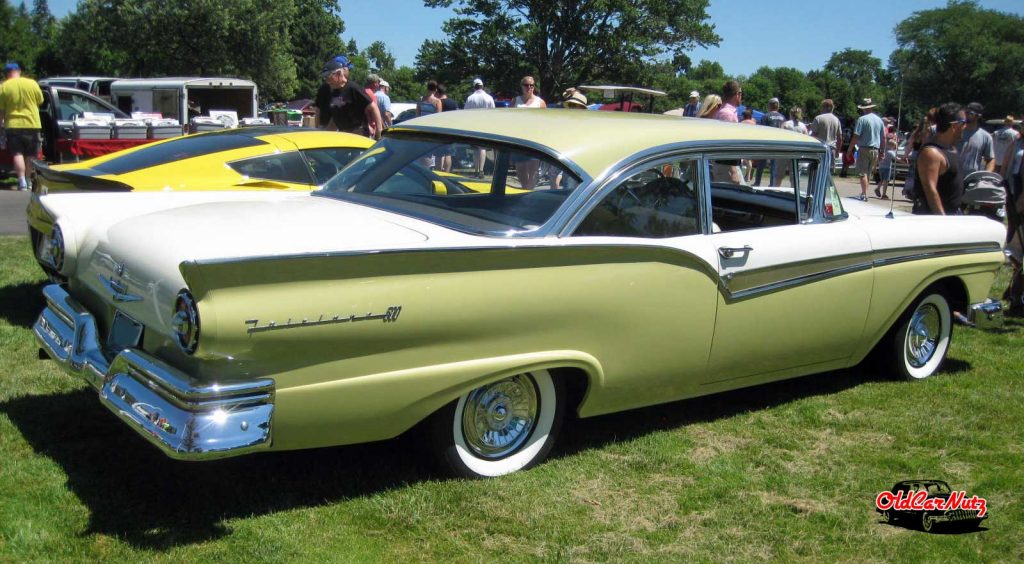
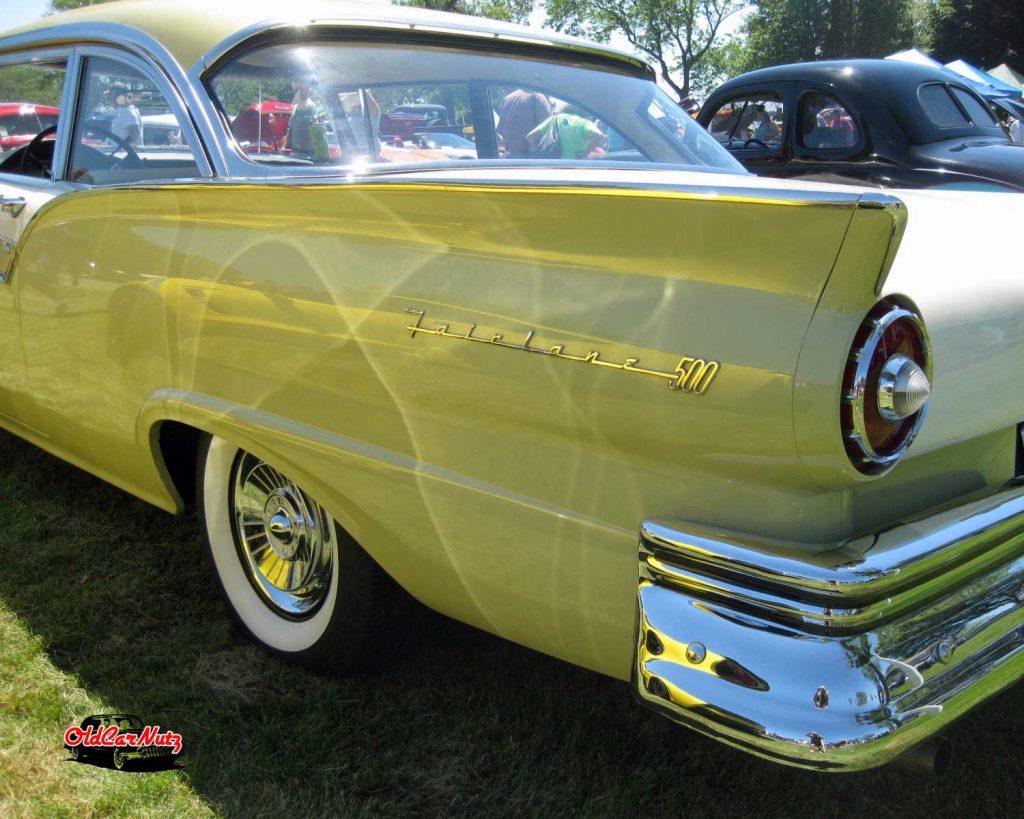
The Fairlane 500’s sophisticated styling avoided the exaggerated fins common to the era. Instead, it featured thoughtfully placed chrome accents on the grille, bumpers, and window surrounds.
Two-tone paint schemes complemented the chrome elements perfectly. The aerodynamic silhouette, characterized by a long hood and low-slung roofline, delivered both visual appeal and improved road performance.
Power and Performance Under the Hood
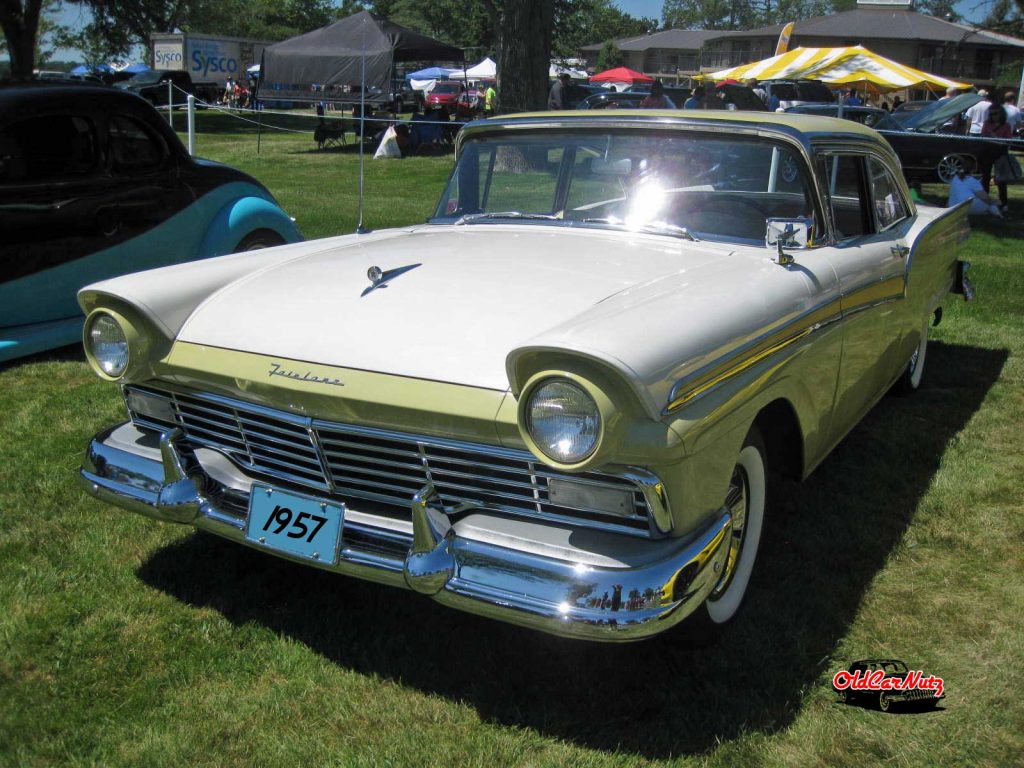
While many cars of the 1950s focused more on style than substance, the 1957 Ford Fairlane 500 delivered impressive power to match its stunning looks.
At its heart, the standard 312 cubic inch V8 engine generated a robust 245 horsepower, while higher-performance variants pushed output to 270 and 285 horsepower. The most potent offering was the supercharged 312, producing up to 340 horsepower. A Holley four-barrel carburetor enhanced the supercharged V8’s performance capabilities.
Performance figures were remarkable for the era. The supercharged Fairlane 500 Skyliner could sprint from zero to sixty miles per hour in just 7.2 seconds.
Power reached the rear wheels through either a smooth-shifting Ford-O-Matic automatic transmission or a three-speed manual gearbox. With mechanical valve lifters and a four-barrel carburetor, the engine’s cast-iron construction guaranteed both durability and reliable performance.
Comfort and Interior Refinements
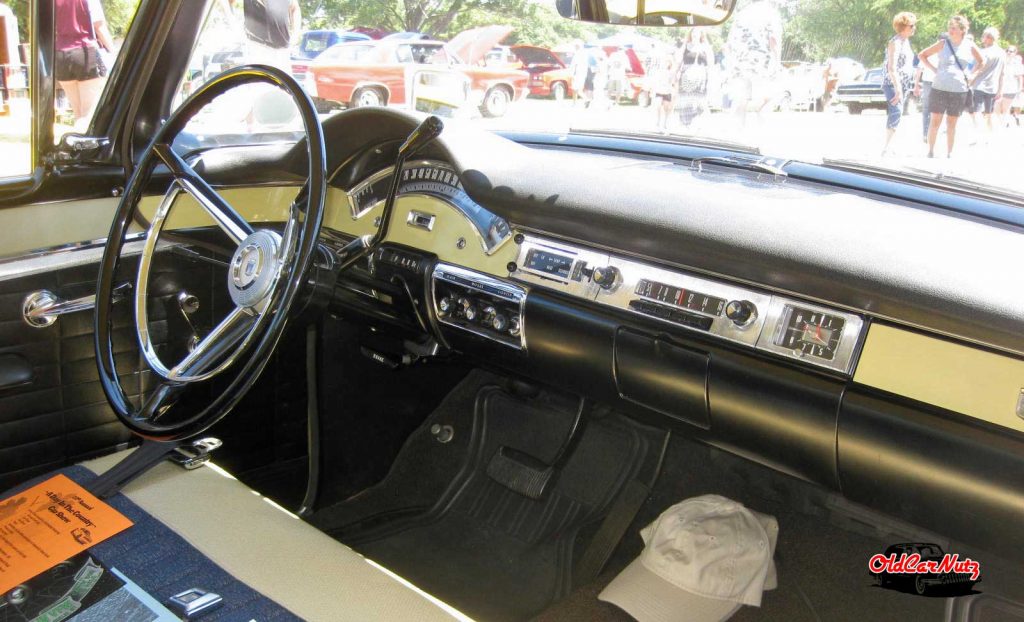
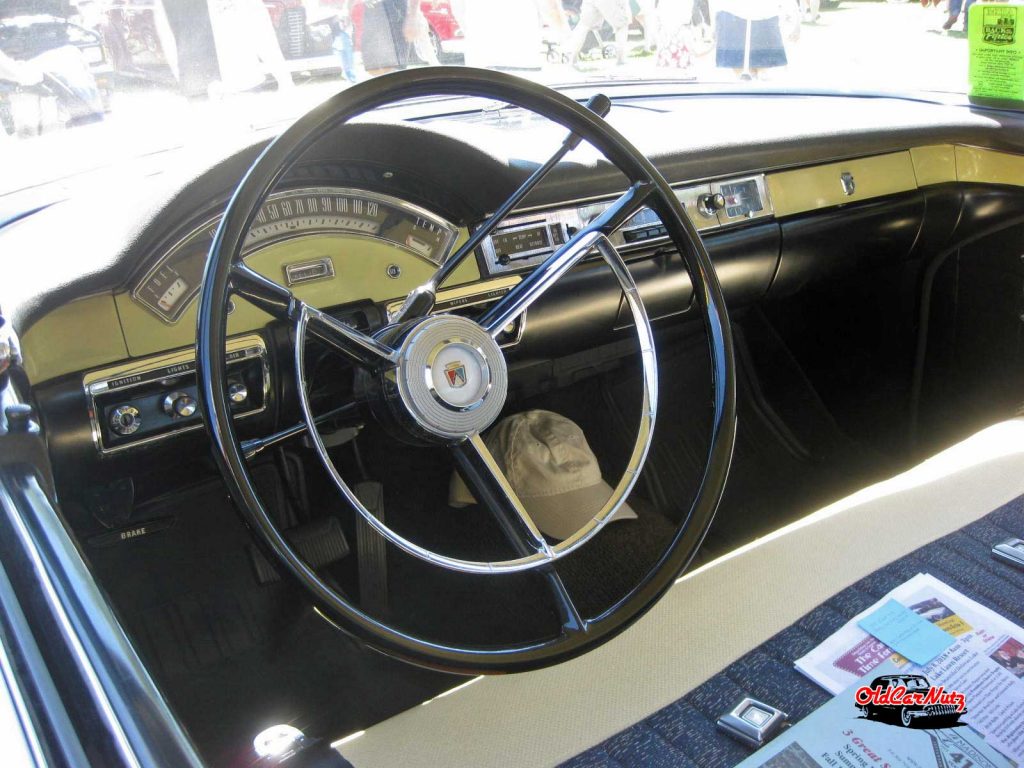
Inside the 1957 Ford Fairlane 500, luxurious vinyl upholstery wrapped around spacious bench seats designed for supreme comfort.
Two-tone color schemes adorned the interior while matching the car’s exterior styling. The generous 118-inch wheelbase allowed ample room for six passengers, with more than enough space for knees, elbows, and headroom.
The dashboard featured a prominent round speedometer, complemented by essential gauges for monitoring vehicle performance. For improved safety, the new deep-dish steering wheel provided enhanced driver control and comfort during operation.
Chrome accents highlighted both the instrument panel and door trim, creating an upscale ambiance. Standard amenities included a heater for climate control, while power steering and brakes enhanced the driving experience.
Sound insulation and weatherstripping delivered a quieter ride than previous models, making long-distance cruising more enjoyable.
Driving Dynamics and Road Handling
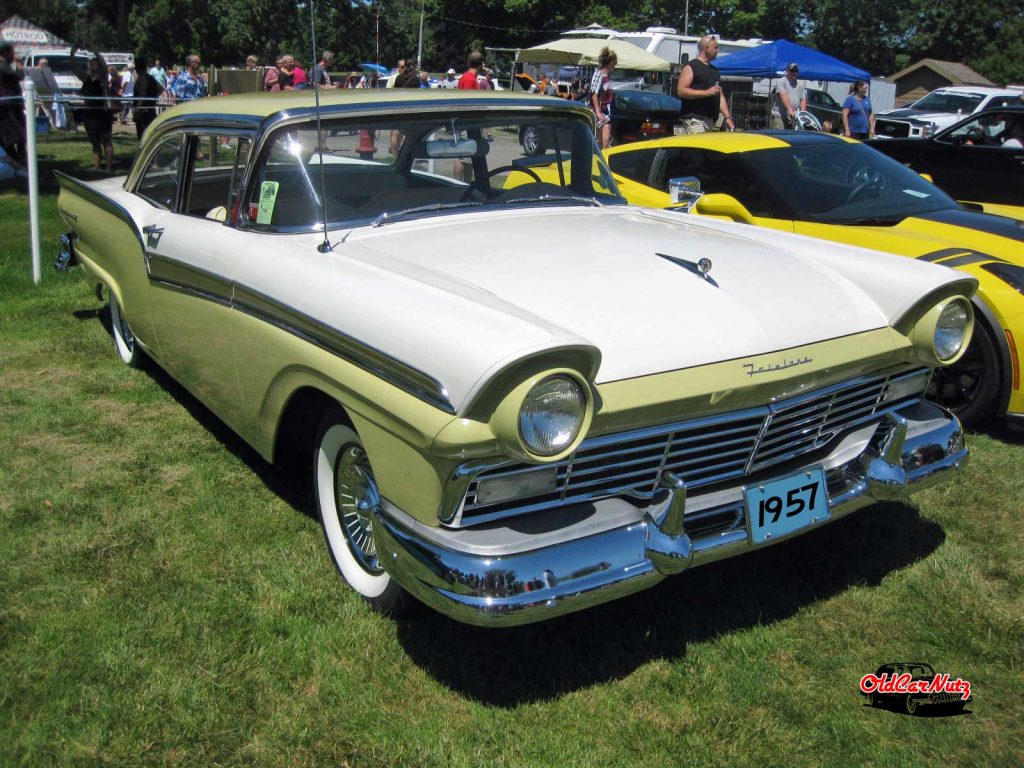
The 1957 Ford Fairlane 500 glided through corners with newfound precision, thanks to significant suspension and chassis improvements. Front ball joints and one-piece A-arms enhanced stability, while the innovative “cow belly” frame design lowered the car’s center of gravity without sacrificing interior space.
At moderate speeds around 55 mph, the Fairlane handled turns with remarkable composure. However, its limitations became apparent at higher velocities – body roll increased noticeably at 60 mph, and understeer emerged at 70 mph.
The 118-inch wheelbase provided stable highway cruising, though braking performance left room for improvement. For enthusiasts seeking sharper handling, Ford recommended upgrading to a larger sway bar and installing stiffer shock absorbers.
These modifications, combined with the available V8 engines producing up to 340 horsepower, transformed the Fairlane into a more capable performer. The car’s impressive capabilities were proven when it lapped Indianapolis Speedway at an average speed of 117 mph.
Market Impact and Historical Significance
Success stories rarely come as decisively as the 1957 Ford Fairlane 500‘s market triumph. For the first time since 1935, Ford overtook Chevrolet in sales, marking a seismic shift in the American automotive landscape. The Fairlane 500’s blend of style and practicality resonated deeply with post-war consumers.
The model’s influence extended far beyond its impressive sales figures. Its distinctive design elements – bold tailfins, chrome accents, and two-tone color schemes – helped define 1950s automotive aesthetics. The spacious interior featured bench seating for six passengers, making it an ideal choice for growing families.
The car’s powerful V8 engines, including the robust 312 Thunderbird powerplant, established Ford’s performance credentials.
Today, the Fairlane 500 stands as more than just a successful product; it represents a pivotal moment when American automotive design, cultural aspirations, and market dynamics aligned perfectly, creating a lasting legacy that collectors still celebrate.
Closing Thoughts
The 1957 Ford Fairlane 500 stands as a pivotal model in automotive history, representing the perfect fusion of power, style, and innovation.
Its distinctive chrome trim, powerful V8 engine options, and luxurious interior amenities set new standards for American automobiles.
The Fairlane 500’s lasting influence is evident in modern car design, while its status as a collector’s item remains strong.
This legendary vehicle marked a golden age in Ford’s evolution and American automotive excellence.

